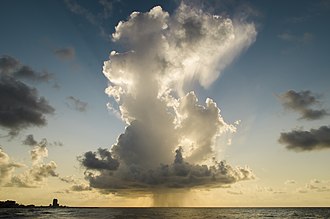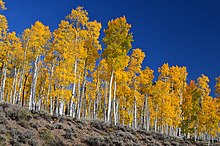CorporateNature No 150
"STAR" CITIES SHINE LIKE STARS
All cities are network hubs of some magnitude. However, cities that are at the intersection of many networks often become self-sufficient: they develop a life of their own through the interplay of these networks. In this way, such cities resemble the stars: they emit light from the thermonuclear reactions that take place inside them. The energy released by the stars then powers other systems in the universe (including Earth, for example).
"DIAMOND" CITIES ONLY REFLECT LIGHT, LIKE DIAMONDS
In complete contrast, cities that are the terminus / entrypoint of a single network (e.g. a port at the end of a railway line, whose only purpose is to ship iron ore out of Australia) are like diamonds. A diamond only reflects the light of an external source and can never shine with light of its own. In other words, diamond cities depend entirely on the network and do not take on a life of their own.
KEY TAKEAWAY
A city that wants to continue developing for centuries should focus on joining diverse networks and emitting its own light, thus becoming a "star" city. This will power progress elsewhere and create positive externalities. While "diamond" cities that reflect light that comes from a single network are not sustainable in the long run.
So, don’t be a diamond. Be a star. Or, failing that, at least be a light bulb.

Tokyo: a prime example of a "star" city (Image source: Wikipedia)







